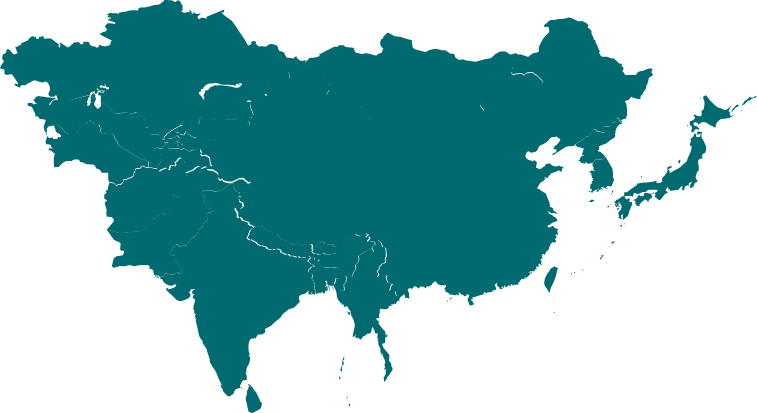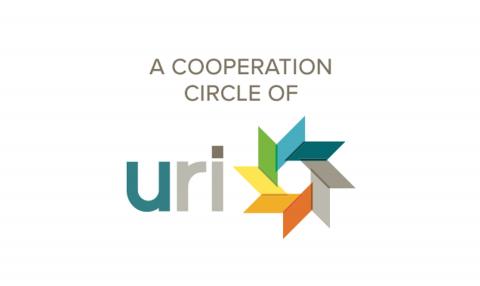“Criminal negligence” of government and the super-rich
Poor women and children are suffering the most in the flood-affected areas of Pakistan . Starvation, water-borne diseases, lack of medical facilities and insecurity at the camps and elsewhere are some of the common problems faced by women and children. According to the Society for the Protection of the Rights of the Child (SPARC), almost 50% of the flood victims in Pakistan are children who are in dire need of medical attention and safety.
Although there is no exact figure of child deaths, children are always the worst off in any natural catastrophe. They require special attention because of their vulnerability, especially when they have lost their homes and family members. They face not only the problems of being fed, sheltered and cared for, but there are also the very real dangers, particularly for girls, of trafficking, sexual abuse and kidnapping.
Pushed aside
The situation is getting worse for children and women. At the camps, during the distribution of food, women, children and elderly people come away empty-handed, without getting food, because they cannot fight the strong and pushy males.
A 12 year-old child narrated the situation in these words, “When food is distributed at the camp, the strongest among us push others aside and grab it for their families”. A women described the situation like this : “My husband suffers from a heart disease. He can not run after the relief trucks and I am pushed aside whenever I try to do so. I have been struggling to find sufficient food for my family of four”.
A district administration official in Muzafar Garh confessed, “We have so many people to look after. All of them are starving and relief goods are not sufficient to cater for their needs. The physically weak people, including the elderly, the children and women, are at a disadvantage at the camps but the administration can not help them. We try our best to be fair in aid distribution, but mostly the situation gets chaotic and out of our control”.
This is not the story of one camp or one woman and child, but the real situation on the ground faced by all women and children displaced by this horrific disaster.
Many children, women and elderly people are separated from the rest of their family members who have survived due to the chaotic manner in which the evacuation is taking place. This has put these vulnerable groups in a very difficult situation as they remain unable to get hold of the food and other relief goods being distributed at the camps. The situation is far more serious for the children and women who are living on the dykes and roads under the open sky without any shelter.
’Killing Fields’
Women are facing multiple problems because the affected areas are among the most conservative, backward and feudal-dominated in the country. Working class and poor women hardly enjoy any rights in these communities. Reactionary and evil traditions like ‘Honour Killing’ and ‘Vani’, or the trading of women between families, are common. The affected areas in Sindh are known as the ‘killing fields’ of women. The displacement of the women and children will bring more miseries for them. The ill and pregnant women cannot get the medical attention they need because there are hardly any lady doctors available in most of the camps. The male members of their family will let them die rather than allow them to see a male doctor.
Many women in different areas are giving birth to babies under the open sky, without getting any medical attention. There are thousands of people, and especially women and children, still living in the marooned areas. The reason is often that the male family members refuse to leave their homes because they want to save the family property and honour and they force their families to stay on in very dangerous situations.
Millions of children at risk
The floods have been disastrous for all, but they have been worst for the poor. The ones suffering the worst consequences of the floods are children and women. 3.5 million children face contracting water-borne diseases that can kill if untreated. The smallest and weakest children do not have a ghost of a chance because the state apparatus cannot cope or cannot reach them. If the government fails to alter the persistent situation, then this figure can go to 6 million children in danger of dying. Horrifying pictures and stories have already started to surface regarding the terrible situation faced by millions.
There are the images of helpless poor people who have gone mad with hunger; for the fist time, men and women fighting each other over inadequate donated rations; children fighting to get food grain that has fallen on the ground; the fury and grief of those who have lost everything they had - which was not very much to begin with.
Where the blame lies
Who is to blame for the deaths of those who lose their lives in the floods? True, it is a natural disaster and no one has the power to stop it. However, precautionary measures could have been taken to lessen the impact of the disaster. At least those who survived could have been offered the necessary help and support. But the ruling class once again showed that they do not care what happens to the working masses and poor. The government is giving lame excuses of not having enough resources for the affected poor people, including women and children.
Where are the resources are going? Just look at the presidency, how much it is spending on luxuries. According to the renowned economist and analyst, Dr Farukh Saleem, in a country where half the population eats badly, or hardly at all, it costs taxpayers one million rupees a day, which comes to 365 million rupees a year, to maintain the current president.
The majority of people cannot get even the minimum wage of Rs.7,000 per month (little more than $80) – the absolute minimum necessary for a family of 6-8 people to keep body and soul together. It is nothing less than galling to see the showering of 365 million rupees just to maintain a non-productive, symbolic president. (The ruling PPP keeps reminding us that the president, who goes travelling abroad, is not needed within the country!)
365 million rupees could provide over 5,000 minimum wages for a year, or support between 40,000 to 50,000 people; something peasant families would appreciate. Or it could maintain a fantastic primary and reproductive health system that cares for all women and children - and the men too. Or it could rehabilitate the million-plus bonded labour (slaves) that this country harbours.
Reported By: Dr.Ashiq Zaffar Bhatti, Executive Director, AIMS Organization

